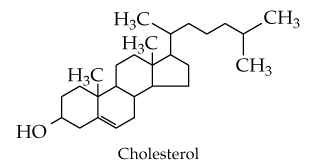Textbook Question
What is the purpose of bile acids in lipid digestion?

 Verified step by step guidance
Verified step by step guidance Verified video answer for a similar problem:
Verified video answer for a similar problem:



 2:48m
2:48mMaster Digestion of Lipids Concept 1 with a bite sized video explanation from Jules
Start learning